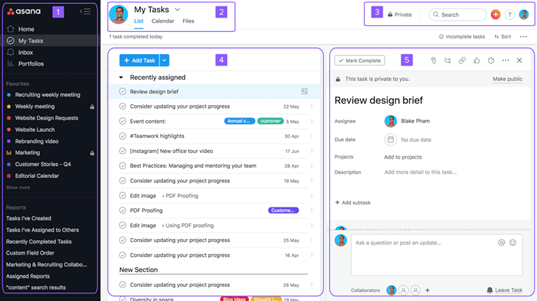It is one thing to theorize about implementing a Remote Work mode in an organization, it is another to do so and to do it in a way that allows for continuous improvements. After having worked closely with an implementation of a Future Way of Working project, my key take-ways (based on surveys, interviews, workshops and the implementation itself) on challenges and opportunities of remote work are the following:
Personal freedom
Let’s face it – from an individual’s perspective, who wouldn’t love to be able to be in control of where they work? To have the freedom of sitting at the comfort of your home and working in peace and quite (well, if you do not have any small children that is).
Cutting on commute hours is also a life quality aspect that remote work helps alleviate.

The freedom aspect and cutting on commuting time was quite appreciated by those who got the opportunity to work remotely during the pandemic.
Office cost reduction
Having an organization working remotely will inevitably mean that the occupancy ratio in a physical office will decrease.

If you calculate cost per square meter and employee, and say an occupancy rate of 50%, that can lead to a substantial cost saving opportunity.
Implementing an office cost saving project will hinge on local laws (i.e. are you allowed to cut on office space, if a contract stipulates a physical office as a main work place) and to what extent you can secure the work environment of your employees when they work remotely.
In a short-term perspective, cutting on office space also depends on the current office contracts you have in place.
Work efficiency
Working in your own home can be likened to having your own office. The amount of people disturbing you in the middle of a focused work session is thus decreased. For those individuals who have mainly focused desk work, remote work is ideal. For teams and especially cross-functional teams, not so much.

Having peace and quiet isn’t always guaranteed as I mentioned above – you might have small children at home, or other distractions that may make your home a less ideal place to work efficiently. Nonetheless, what I have seen is that work efficiency for normal office workers does increase from working from home.
Team/Cross-team co-operation
The academic research I have taken part of show the same thing as I saw – cross-team work is not really the same as when conducted “in real life”. How efficient it is can however be greatly affected by the tools you use for remote work, as well as the remote work leadership activities you put in place.

Using digital brainstorming and project tools such as Miro and project management tools such as Asana help alleviate the issue of connecting and working across teams and projects. Having a plan on how to train managers in leading co-workers who are placed or working remotely will also help alleviate the issue of remote workers feeling alienated – this has been an issue pre-panedmic, for teams situated in different geographical locations.
IT, equipment and security
To work from home you need an IT infrastructure that allows for it. With this I mean:
- Tools for working with your team (e.g. for meeting, socializing and collaboration)
- Safety solutions such as VPN and company wide account settings
- A sufficiently stable and quick internet connection
- IT equipment that is up for the task (i.e. computer and screen)

Securing a safe and functioning home office can make or break your remote work implementation.
Socializing and company culture
A lot of informal work, networking and planning happens at the coffee machine. We take small breaks, we socialize, we update each other about our lives but also our work and projects. The strain remote work will have on social relations for some needs to be handled – for us nerds, remote work is not really an issue. I am myself “raised” on the internetz as they say and am used to socializing and building relationships online. For those who do need social interaction, both digital and physical activities need to be planned to keep these individuals happy and at home in the organization.

Company culture also needs a strong, shared culture to keep its “raison d’être” and attractiveness among current and future employees.
This bit, of creating new ways of socializing in a “hybrid” /remote work era will be one of the hardest to tackle. I do not have a finished formula on how to tackle this, nor does academia. Be open to improve your processes together with HR, and to keep an open and continuous dialogue with employees.
The biggest hurdle of them all – legal aspects

As I hinted in the office cost reduction and work environment bit, the first thing you need to work with (in parallel with say surveys, internal research and planning for the points I mention above) are the legal aspects of implementing remote work, be it a day per week or 100% remote. Work environment laws, work labor law, tax issues (e.g. employees working remotely from a domicile which is not in the registered employer’s) and laws pertaining to the contracted physical office will come into play – you need to engage your legal team (and any external work law expertise you bring in) early on when looking at allowing for remote work long term (or post-Covid as most put it) and at how to implement it.
Summary
The Covid-19 pandemic has created an unprecedented experiment in the way we work and where we work. It has shown that most roles (i.e. “normal office workers”) can work remotely 100% quite successfully. Now that most organizations are planning for and slowly going back to “normalcy” (i.e. a pre-pandemic way of working) or wanting to adapt to a hybrid way of working (e.g. partly remote, part in a physical office), we have perfect opportunity to look at alternative ways of working and to allow for a modern and more flexible work life for roles that allow for being conducted remotely.
Comments are closed